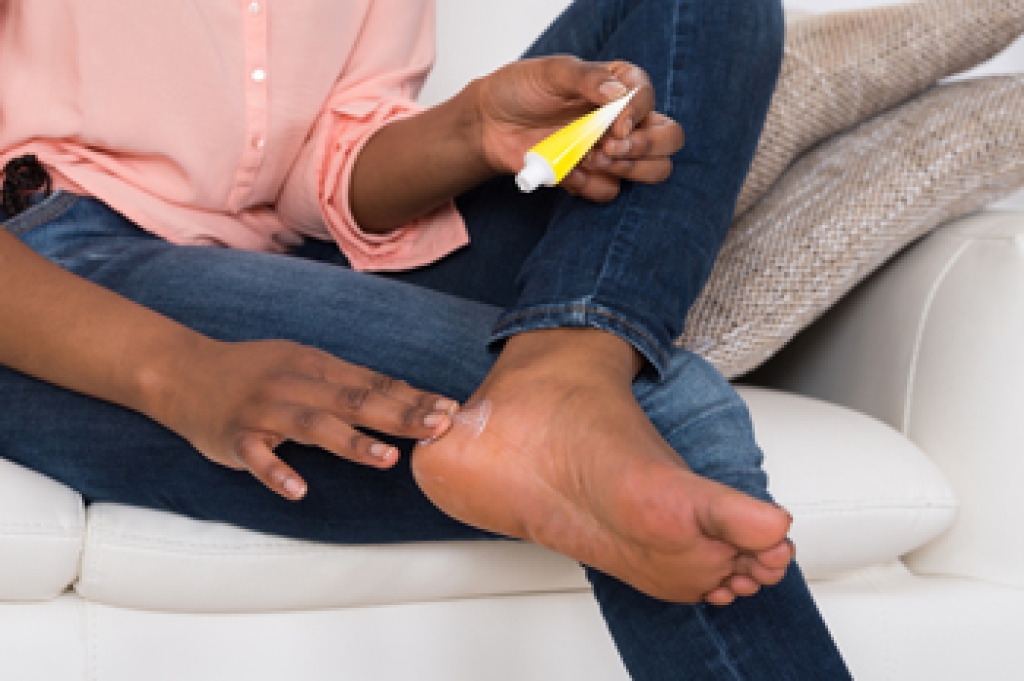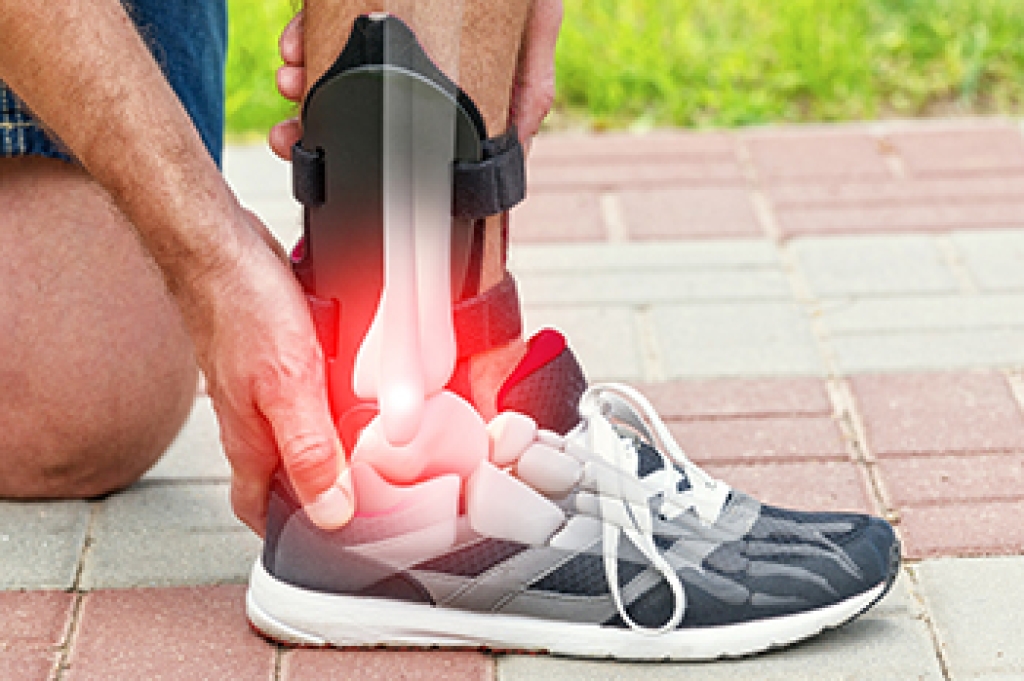
Foot surgery can sometimes be used as a last resort option to address serious problems in the feet that could not be solved by more conservative treatment plans. Hammertoe is one condition that might be able to be resolved by a surgical procedure. Hammertoe primarily affects the second, third, and fourth toes of the feet, causing the toe joints to become frozen in a flexed position. As a result, the toe sticks up at the middle point and appears like a hammer. Surgery might be a viable way to straighten the joint out, and both adults and children might potentially benefit from undergoing a surgical procedure. One type of procedure for hammertoe is known as a tendon transfer whereby tendons in the toes are transferred from the bottom of the toes to the top to help straighten out the joint. Another kind of procedure is called a joint resection. Through this surgery, the end of the bone at the affected joint is effectively taken out of place. Pins are then temporarily put in their place to help the joint straighten out to its natural shape. If you have a hammertoe, consult with a podiatrist to see what options you might have at your disposal to address the issue.
Foot surgery is sometimes necessary to treat a foot ailment. To learn more, contact Andrew Katz, DPM of Allcare Foothealth Center. Our doctor will assist you with all of your foot and ankle needs.
When Is Surgery Necessary?
Foot and ankle surgery is generally reserved for cases in which less invasive, conservative procedures have failed to alleviate the problem. Some of the cases in which surgery may be necessary include:
- Removing foot deformities like bunions and bone spurs
- Severe arthritis that has caused bone issues
- Cosmetic reconstruction
What Types of Surgery Are There?
The type of surgery you receive will depend on the nature of the problem you have. Some of the possible surgeries include:
- Bunionectomy for painful bunions
- Surgical fusion for realignment of bones
- Neuropathy decompression surgery to treat nerve damage
Benefits of Surgery
Although surgery is usually a last resort, it can provide more complete pain relief compared to non-surgical methods and may allow you to finally resume full activity.
Surgical techniques have also become increasingly sophisticated. Techniques like endoscopic surgery allow for smaller incisions and faster recovery times.
If you have any questions, please feel free to contact our office located in Palmdale, CA . We offer the newest diagnostic and treatment technologies for all your foot care needs.




